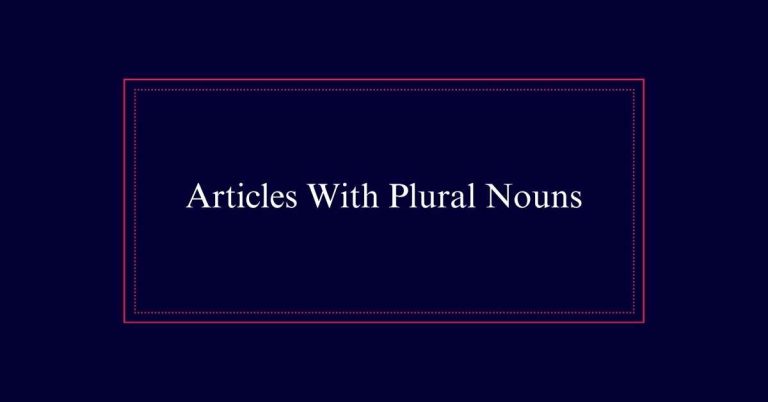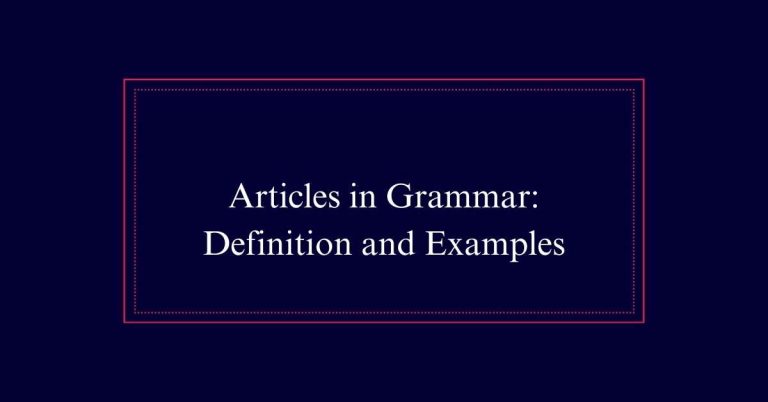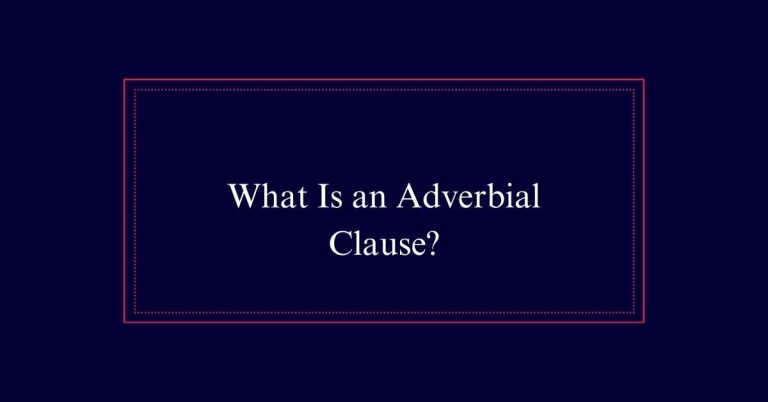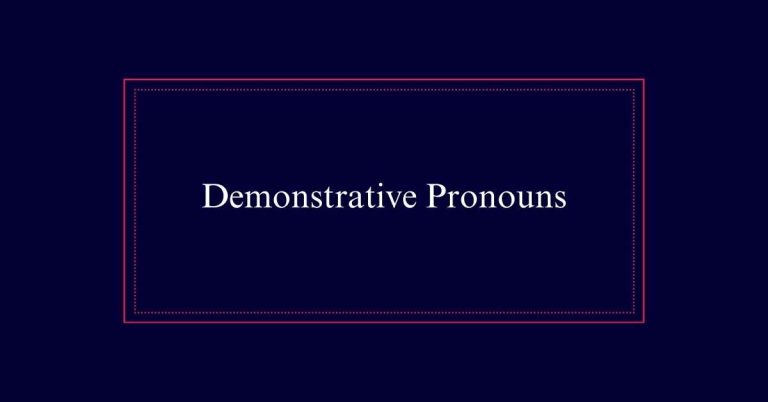Hyphen in a Compound Adjective With Numbers
Using a hyphen in a compound adjective with numbers is essential for clarity and precision. For example, ‘a 20-foot pole,’ ‘a 100-page document,’ and ‘a 10-year-old child’ all benefit from hyphenation. This practice connects the number with the noun to form a single descriptive unit, avoiding ambiguity. Even when the noun is singular, such as in ‘a ten-person team,’ the hyphen maintains grammatical consistency.
Understanding Compound Adjectives
Compound adjectives are combinations of two or more words that function together as a single adjective to describe a noun. These combinations enhance clarity and specificity in language.
For instance, a phrase like ‘well-known author’ uses ‘well-known’ to provide specific details about the author. The hyphen connects the words, ensuring they are read as one unit. Proper use of compound adjectives helps avoid ambiguity.
For example, ‘high-school teacher’ clearly refers to a teacher at a high school, whereas ‘high school teacher’ could be misinterpreted. Understanding the formation and proper usage of compound adjectives is essential for clear, effective communication.
Role of Numbers in Adjectives
Numbers play an essential role in forming descriptive adjectives that add precision to language. They provide specific information, making descriptions clearer and more effective.
For example, in compound adjectives with numbers, the numeric value paired with a noun creates a precise image in the reader’s mind. Consider the following uses:
- Measurements: ’20-foot pole’ specifies the exact length of the pole.
- Quantities: ‘100-page document’ clearly indicates the number of pages.
- Ages: ’10-year-old child’ denotes the exact age.
Singular Nouns in Adjectives
Singular nouns in compound adjectives with numbers remain singular regardless of the numeric value. This rule applies consistently to guarantee clarity and grammatical accuracy.
For instance, in phrases like ‘ten-person team’ or ‘thirty-yard kick,’ the noun following the number remains in its singular form. This is important because the compound adjective acts as a single descriptive unit modifying the noun that follows.
Using the singular form maintains grammatical consistency and prevents confusion. Even if the number is large, such as ‘one-hundred-dollar bill,’ the noun ‘dollar’ stays singular.
Importance of Hyphens
Hyphens play a critical role in ensuring that compound adjectives with numbers are clear and unambiguous. They help readers understand the relationship between the number and the noun, preventing confusion.

For example, consider the difference between ‘twenty four-year-old students’ and ‘twenty-four year-old students’—the hyphen changes the meaning significantly.
Hyphens are essential in three key areas:
- Age Descriptions: ‘A 10-year-old child’ is clearer than ‘a 10 year old child.’
- Monetary Amounts: ‘A 50-dollar fee’ is more precise than ‘a 50 dollar fee.’
- Measurements: ‘A 10-pound weight’ avoids ambiguity compared to ‘a 10 pound weight.’
Number-Noun Combinations
In compound adjectives, number-noun combinations enhance specificity and clarity. These combinations use a number and a noun to describe another noun, ensuring precise communication. For instance, phrases like ‘ten-person team’ or ‘thirty-yard kick’ provide detailed descriptions. The noun in these combinations is always singular, regardless of the number.
Here is a table illustrating examples:
| Number | Noun | Combination |
|---|---|---|
| Ten | Person | Ten-person team |
| Thirty | Yard | Thirty-yard kick |
| Fifty | Dollar | Fifty-dollar fine |
Age Descriptors
Another important use of number-noun combinations in compound adjectives is in age descriptors. These combinations effectively describe the age of a person or object and require hyphens for clarity.
For example, consider the following:
- ‘Five-year-old child’: The hyphenated structure clearly indicates the age as a single descriptor.
- ‘Eighty-year-old building’: This use highlights the building’s age concisely.
- ‘Two-year-old wine’: Here, the hyphen unifies the description of the wine’s age.
In each instance, the hyphen connects the number and noun to form a single adjective. This ensures the age descriptor is easily understood. Without hyphens, the meaning could become ambiguous or misleading. Proper hyphenation maintains sentence clarity and precision.
Fractions and Hyphens
When using fractions in compound adjectives, hyphens guarantee the description is clear and unambiguous. For instance, phrases like ‘two-thirds majority’ or ‘one-half portion’ use hyphens to combine the fraction and the noun, forming a single descriptive unit. This guarantees that readers understand the fraction is directly modifying the noun.
Without hyphens, the meaning could become unclear or confusing. Remembering that the noun in these compound adjectives remains singular is crucial. Whether describing a ‘three-fourths inch’ measure or a ‘quarter-mile race,’ using hyphens maintains precision and clarity.
Imperial Abbreviations
Hyphens also play a significant role when using imperial abbreviations in compound adjectives. They guarantee clarity and precision in descriptions involving measurements.
For example, ’25-lb. dumbbell’ clearly indicates the weight of the dumbbell. When forming these compound adjectives, certain rules apply:
- Weight: Use hyphens in terms like ’10-lb. bag’ or ’50-lb. box.’
- Length: Apply hyphens in phrases such as ‘6-ft. ladder’ or ’12-in. ruler.’
- Volume: Hyphenate in expressions like ‘5-gal. tank’ or ‘3-qt. pot.’
Metric Abbreviations
Metric abbreviations in compound adjectives typically do not need hyphens. This practice guarantees that the measurement remains clear and uncluttered. For instance, the term ’50 km race’ is straightforward without a hyphen. The same rule applies to other metric abbreviations like meters, liters, and grams.
Here is a comparison:
| Metric Abbreviation | Example Usage |
|---|---|
| Kilometer (km) | 50 km race |
| Meter (m) | 100 m dash |
| Liter (L) | 2 L bottle |
| Gram (g) | 500 g package |
Common Mistakes
In discussing metric abbreviations, it’s important to be aware of common mistakes that often occur with hyphen usage in compound adjectives with numbers. These errors can lead to confusion and misinterpretation.
Here are three frequent mistakes:
- Omitting Hyphens: Not using hyphens in phrases like ‘ten-year plan’ can make the meaning unclear.
- Using Hyphens Incorrectly: Adding hyphens where they are not needed, such as in ’15 years-old’ instead of ’15 years old.’
- Ignoring Metric Rules: Applying hyphens to metric abbreviations, e.g., ‘5-kg bag,’ when they should be ‘5 kg bag.’






